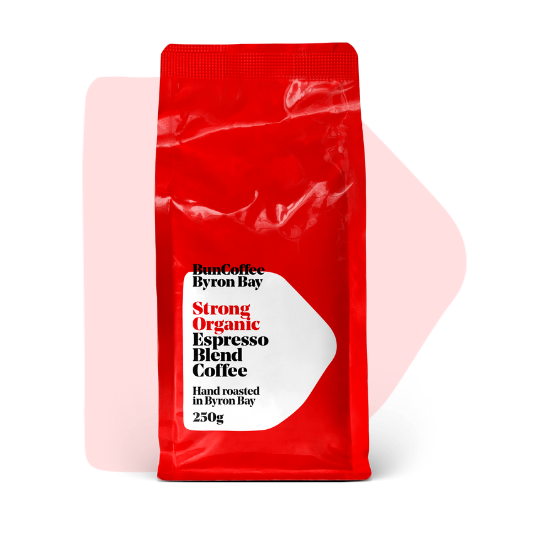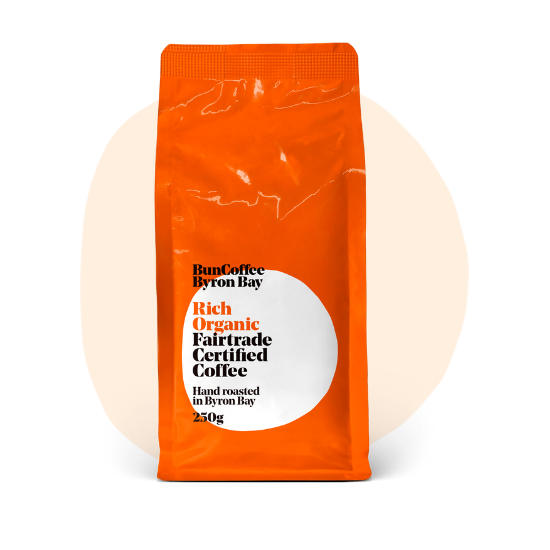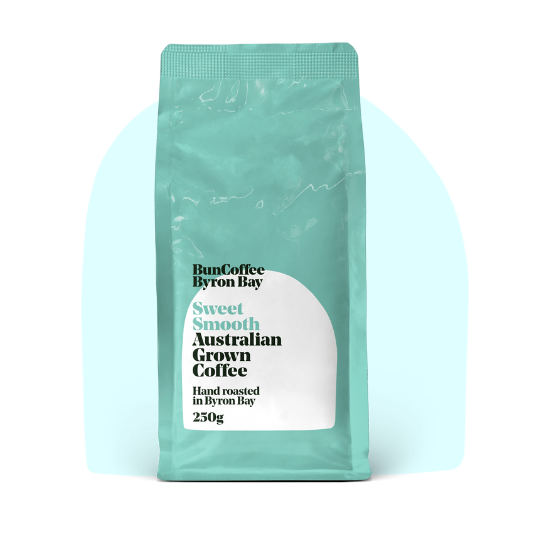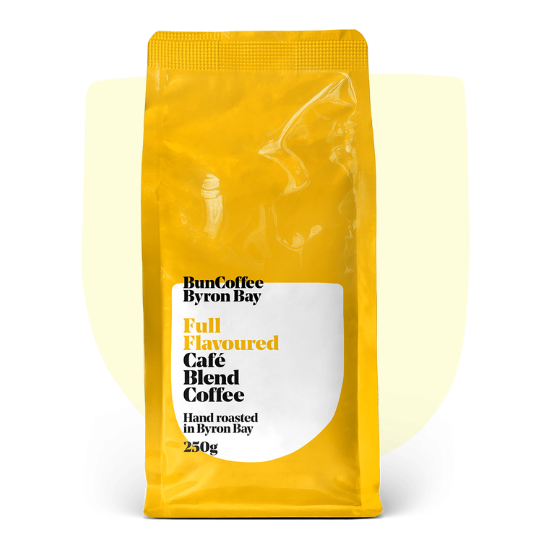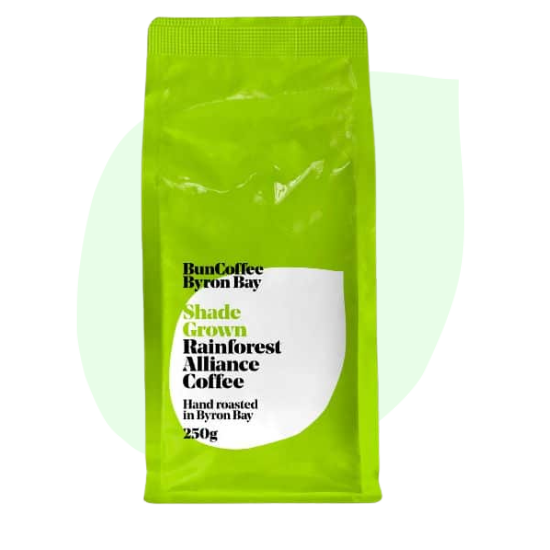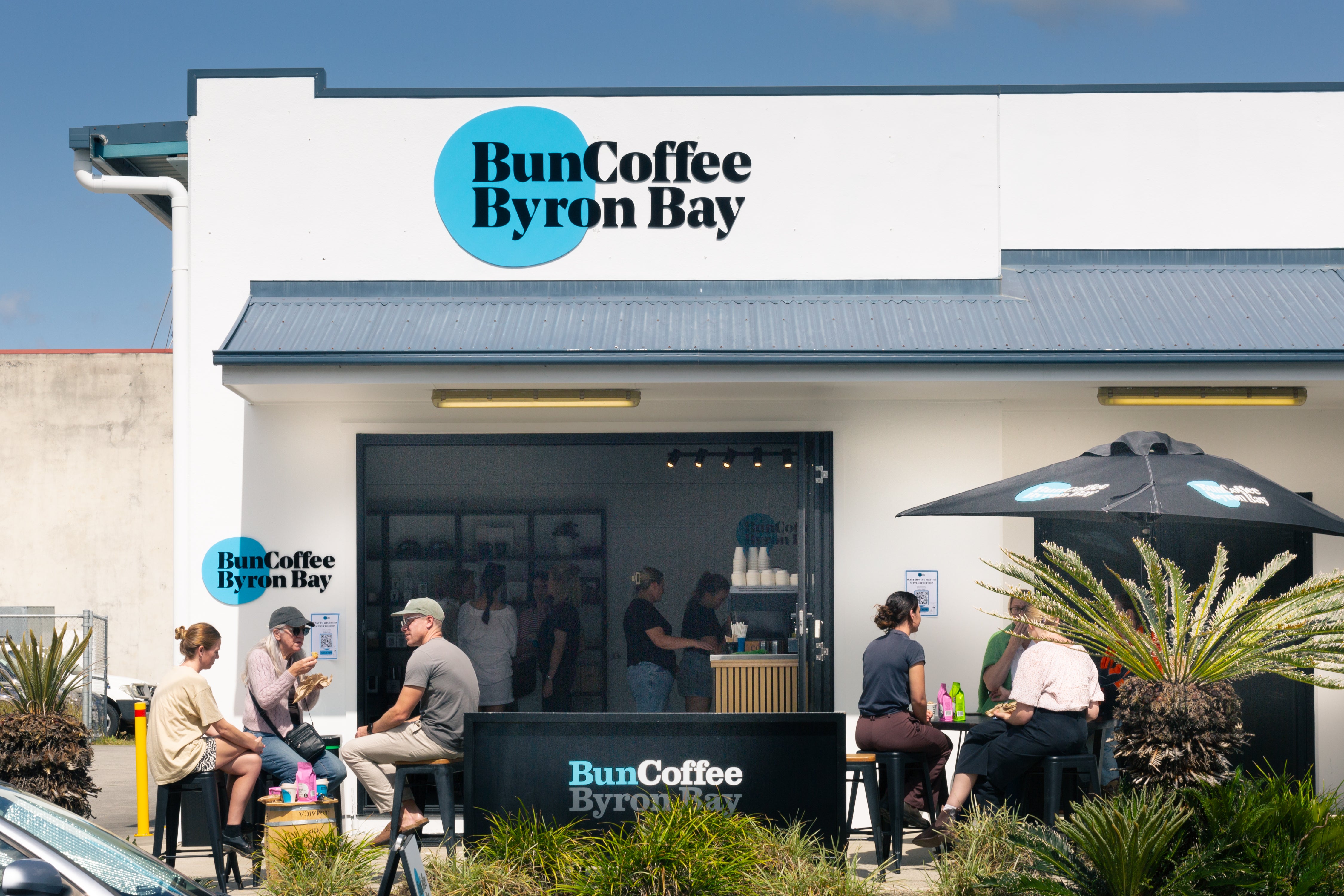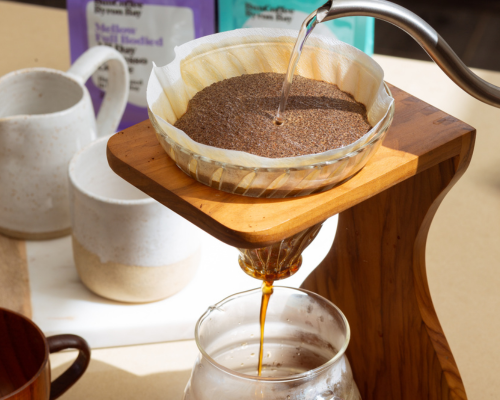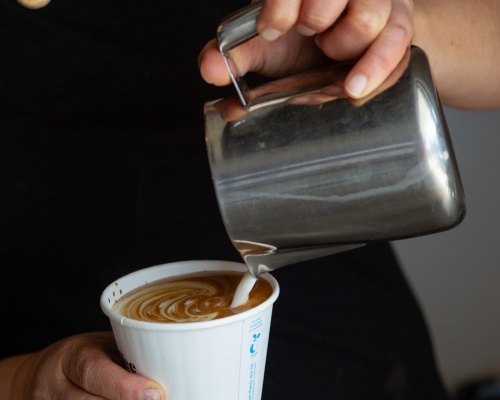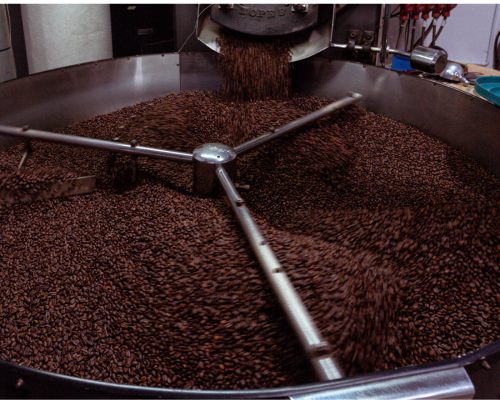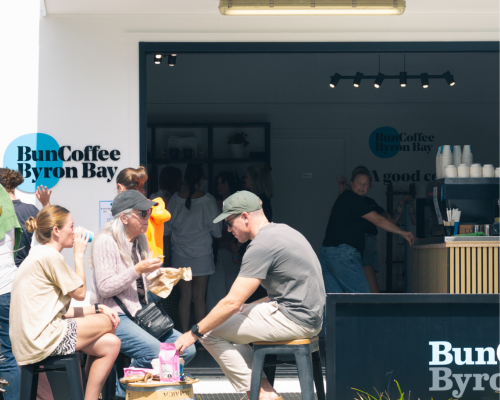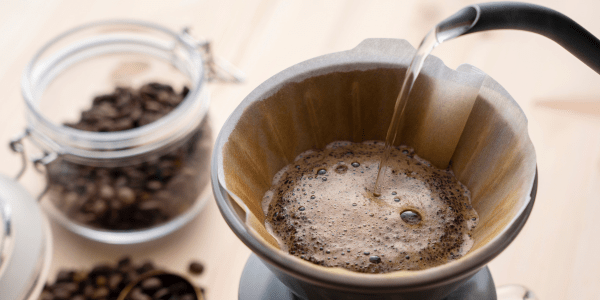Pour-over coffee is a crowd favourite in the specialty coffee world. Designed to perfectly capture the aromatic and flavour qualities of the beans, pour over coffee is as simple as it sounds - hot water is poured over ground coffee. However, getting your pour overs right will come down to the right brewing method. At Bun Coffee, we believe that quality beans are only half of what makes a good cup; the other half comes down to knowing the ideal pour over coffee ratio. In this easy-to-follow guide, we’ll cover the best ratio for pour over coffee, the steps to properly brew it, and the key variables that you’ll need to control to get a consistently delicious pour over.
What is Pour Over Coffee?
Pour over coffee is literally brewed the way it is named — hot water is poured over freshly ground beans sitting in a filter, allowing the essence of the beans to infuse into the water, and drip down into a mug or carafe. Pour over is arguably the best way to experience the depth and flavour of high-quality coffee beans and is considered by many coffee brewers to be the style of brewing that offers the greatest amount of control over the brewing process.Ideal Pour Over Coffee Ratio
As with all coffee brewing methods, having the right ratio of grounds to water is one of the more difficult things to master. The coffee ratio for pour over coffee sits somewhere between 1:14 and 1:20 — 1 gram of coffee to 14 -20 grams of water. A coffee-to-water ratio of 1:14 will result in a stronger-tasting brew, while brew ratios closer to 1:20 will produce lighter coffee. Our recommendation is that you start in-between at 1:16 for your first few brews to find out how your preferences compare and work your way up or down the scale.Pour Over Coffee Grind
The other thing to consider is the size of grind for your beans. In general, pour over coffee brews should be done with a medium coarse grind. Medium coarse grinds share some similarities with French press grinds in terms of size, with the notable difference of being smoother in texture. If you are using a cone shaped pour over device with a particularly narrow base, you may want to go with a medium fine grind instead. There isn’t a hard-set rule about grind size for pour over coffee. Given that there are so many unique types of pour over devices, it’s more about experimenting with various grind sizes to find one that achieves your desired quality of brew.What You Need to Make Pour Over Coffee
As a hand-brewed method, you won’t need any complicated equipment, save for a pour over coffee maker. Here is a checklist you can use to properly set things up:- Pour over coffee maker (popular models include the V60, and the Kalita Wave)
- A kettle with a gooseneck spout — this type of spout allows for finer control over water flow.
- Paper filters
- Quality coffee beans (for pour over, we favour the single origin coffee collection)
- A mug or coffee carafe

